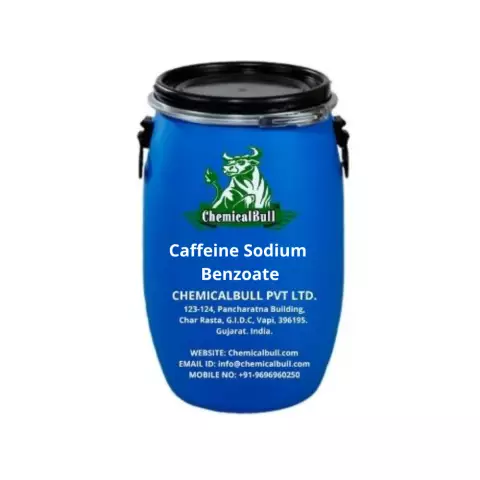- Author Rachel Wainwright [email protected].
- Public 2023-12-15 07:39.
- Last modified 2025-11-02 20:14.
Xylitol
Xylitol is a white crystalline substance, which is close to sugar in calorie content, and to sucrose in sweetness, but has no biological value.

Xylitol is naturally found in the fibers of many fruits and vegetables and can be extracted from a variety of berries, oats and mushrooms, as well as from corn husks, sugar cane and birch bark.
Industrial production of xylitol takes place by processing hardwood or corn cobs, which are hydrolyzed in xylose and catalytically hydrogenated to xylitol. The largest xylitol producer in the world is China.
Xylitol was discovered almost simultaneously by German and French chemists in the late 19th century and became popular in Europe as a safe sweetener for people with diabetes.
Xylitol is a naturally occurring carbohydrate that looks and tastes like regular sugar. It is a natural sweetener that can be extracted from any fibrous plant material.
Xylitol is also found in the human body - the average adult produces up to 15 grams of xylitol per day with a normal metabolism.
Application of xylitol
In the food industry, xylitol is widely used as a dietary and diabetic sweetener. Also, xylitol is known as food additive E967, which is a humectant, sweetener, stabilizer and emulsifier. It is added in the production of confectionery products for patients with diabetes and obesity.
In the chemical industry, xylitol is used in the production of synthetic resins, surfactants and esters.
Unlike other natural or synthetic sweeteners, xylitol is beneficial for dental health. It has the following properties: it reduces caries and remineralizes teeth.
Early research in Finland in the 1970s found that, compared to sucrose, xylitol use did not lead to oral problems or tooth loss. Caries-causing bacteria prefer six-carbon sugars or disaccharides, while xylitol does not ferment and cannot be used as an energy source, inhibiting bacterial growth and reproduction. Harmful microorganisms starve in the presence of xylitol, which contributes to the remineralization of damaged teeth. This property also makes xylitol unsuitable for bread making because it interferes with the yeast's ability to digest sugar.
With about 33% less calories than glucose, xylitol is a more dietary substitute for food sugar. Absorbed more slowly than sugar, it does not raise blood levels and does not lead to hyperglycemia. This characteristic has also been found to be beneficial for people with metabolic syndrome, a common condition that includes insulin resistance, hypertension, hypercholesterolemia, and an increased risk of blood clots.

Xylitol is used as a sweetener in medicines, chewing gums, and lozenges. Also, xylitol has a choleretic and laxative effect when consumed about 50 g per day.
Xylitol is effective in the treatment of acute middle ear infections. Research shows that chewing gum that contains xylitol can prevent acute otitis media. When bacteria enter the body, they adhere to tissues using various sucrose compounds. Chewing gum and swallowing saliva cleanse the middle ear, while the presence of xylitol prevents bacteria from growing in the auditory tubes that connect the nose and ears.
Also, saline solutions of xylitol significantly reduce the number of nasal coagulase-negative staphylococcal bacteria, and nasal administration of xylitol is effective in asthma.
Xylitol properties
Molecular formula of xylitol - C5H12O5, molar mass - 152.15 g / mol, density - 1.52 g / cm³, melting point - 92-96 ° C, boiling point - 216 ° C, water solubility - ~ 1.5 g / ml …
Xylitol harm
Xylitol does not cause serious side effects in the human body. Like most sugar alcohols, it has a laxative effect because sugar alcohols do not completely break down during digestion. In cases of overdose, the harm of xylitol consists of bloating, flatulence and diarrhea.
Also, the harm of xylitol is manifested when it is used by dogs. Xylitol is a life-threatening toxin. It lowers blood sugar in dogs and can lead to loss of coordination, depression, collapse, and seizures. Taking a dose of xylitol greater than 500-1000 mg / kg body weight results in liver failure in dogs, which can be fatal.
Found a mistake in the text? Select it and press Ctrl + Enter.






